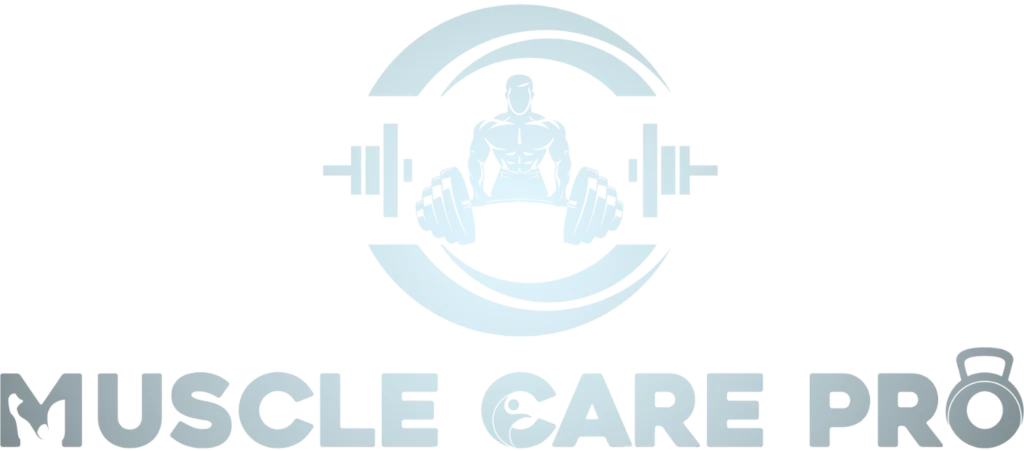I remember well the very first time I stepped into a gym. It was an amalgamation of thrill, excitement, nervousness, and a bit of fear seeing those heavy weights placed everywhere.
Having said that, I had an aim—to add mass, to be strong, and, more importantly, to be comfortable in my own skin. But in the corners of my mind, a question was stirring: how many times a week is necessary to work out in a way that would build muscles efficiently?
Over the years, I have tried various workout routines, gone to many trainers, and tried to meet them in the middle. I have come to appreciate that there is no single answer to this.
How many times you exercise in a week greatly relies on your objectives, habits, and how fast you can recuperate. But that doesn’t mean that if you don’t have one, you can’t optimize your routine. Here’s what helped me to begin and what may also help you.
Finding the Right Balance: More Isn’t Always Better
At the beginning, I made the horrible novice mistake of reasoning, “If I spend strength and time in the gym every single day, it will mean muscles gained even more quickly.”
Pretty reasonable, you might think? But, surprisingly, it resulted in exhaustion, overtraining, and, negatively, less muscle growth.
Muscles don’t grow while you’re lifting weights—they grow when you’re resting and recovering. So, overloading your muscles without giving them time to recover is counterproductive. That’s why rest days are as crucial as workout days.
So, what’s the sweet spot? For the majority of people targeting muscle gain, it would be best to train 3-5 days a week. This allows for hitting each muscle group at least a couple of times per week but also maximizes the number of rest days one can have to recover adequately.
Setting Up the Perfect Weekly Routine
Here’s how I usually split my workouts:
Three Days a Week (Ideal for Beginners):
- Monday: Full Body Workout
- Wednesday: Full Body Workout
- Friday: Full Body Workout
When I started out, this three-day routine worked wonders. It allowed me to get comfortable with various exercises, build a foundation of strength, and understand which movements felt right for me. Each session covered all the major muscle groups, and the rest days gave me ample time to recover.
Four Days a Week (Intermediate):
- Monday: Upper Body
- Tuesday: Lower Body
- Thursday: Upper Body
- Friday: Lower Body
As I progressed, I switched to this four-day split, focusing on upper and lower body workouts. This approach gave each muscle group more attention and allowed me to lift heavier and focus more on technique.
Five Days a Week (Advanced):
- Monday: Chest & Triceps
- Tuesday: Back & Biceps
- Wednesday: Legs
- Thursday: Shoulders & Abs
- Friday: Full Body or Weak Point Training
By the time I reached this level, I could handle more intensity and volume. It’s great for advanced lifters who want to isolate specific muscles and polish weak areas. But remember, more days in the gym require more focus on rest and nutrition outside of it.
Listen to Your Body
While I recommend 3-5 days a week, it’s crucial to listen to your body. I can’t stress this enough. There were weeks when I felt unstoppable, and I’d push through every workout with energy to spare. But there were also weeks when my body screamed for rest, and pushing further led to joint pain and a decrease in performance.
Overtraining is real, and it’s a mistake I made several times in my early years. Your muscles need time to repair and grow. If you’re feeling sore all the time, lethargic, or just not motivated to hit the gym, it might be a sign to take it easy for a few days.
Prioritize Compound Movements
If you’re working out three times a week, focus on compound movements—exercises that target multiple muscle groups. These include squats, deadlifts, bench presses, and rows. Compound exercises stimulate more muscle fibers, leading to better growth and strength gains.
When I was strapped for time or couldn’t make it to the gym as often, I’d ensure every session included these big lifts. They’re like the “Swiss army knife” of exercises—effective, efficient, and incredibly rewarding.
Don’t Neglect Nutrition and Sleep
I’d be lying if I said building muscle was just about working out. The time spent in the gym is only one part of the equation. I remember hitting a plateau for months and feeling frustrated, even though I was lifting heavy. The breakthrough came when I overhauled my diet and started prioritizing sleep.
If you’re serious about building muscle, you need to eat enough protein to support growth, carbohydrates to fuel your workouts, and healthy fats for hormone balance. Aim for 7-9 hours of sleep each night, as your muscles do the majority of their repair work while you’re snoozing.
Final Thoughts
So, how often should you work out to build muscle? If you’re a beginner, start with three days a week, focus on full-body workouts, and prioritize recovery. As you progress, you can increase your frequency to 4-5 days, incorporating splits that target specific muscle groups.
Remember, consistency is key. It’s better to work out consistently three times a week for a year than to go five times a week for a month and burn out. And above all, enjoy the process. Celebrate the small wins, listen to your body, and keep pushing toward your goals.











